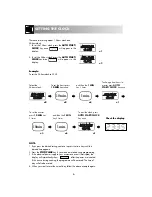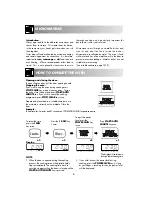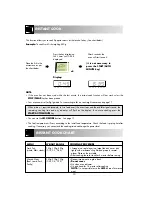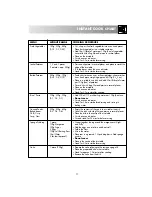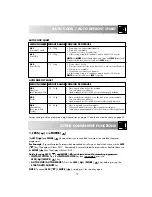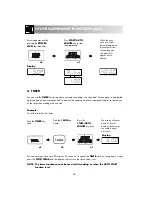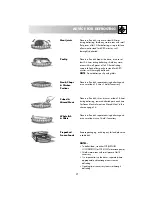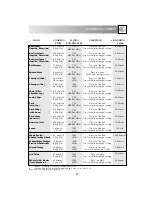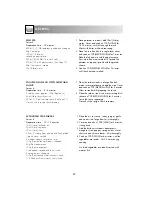
20
FOOD HANDLING & PREPARATION
Composition
& quality
Piercing
Arrangement
Covering
Size & shape
Density &
quantity
Hygiene
Food high in fat or sugar (Christmas pudding, mince
pies) requires less heating time and should be
watched, over-heating can lead to fire.
Good quality ingredients should be used for
microwaving. Economical cuts of meat are
recommended for casseroles.
Food with skin (such as potatoes, apples, fish,
chicken), or with membrane (such as the white and
yolk of eggs, including boiled eggs), must be
pierced in several places before cooking or
reheating. If not, steam will build up and may
cause food to explode.
Do not cook eggs in their shells and whole
hard-boiled eggs should not be cooked in
microwave ovens since they may explode
even after microwave cooking has ended.
Canned potatoes should not be heated in
the microwave oven as they may burst.
Place thickest parts of food on the outside of the dish,
for example, the meaty ends of chicken drumsticks
should be placed on the outside of the dish.
Fish, vegetables and certain other foods benefit from
being covered during microwave cookery, follow
recommendations where given and use vented
microwave cling film or a suitable lid.
Food size and shape affect the amount of cooking time
needed. When cooking more than one portion of the
same food ensure they are of a similar size and shape.
Food density and quantity affect the amount of
cooking time needed, for example, potatoes require
more cooking than peas; four potatoes will take
longer to cook than two.
Food hygiene standards (storage, handling and
preparation) apply to microwaving. Always store
convenience foods as recommended by the food
manufacturer and keep no longer than the "Use
By" date.

